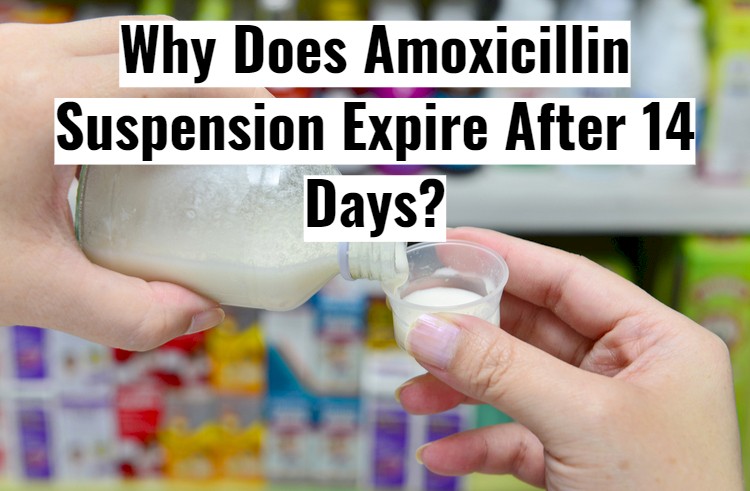
pneumoniae are as high as 44% in parts of the United States. In fact, penicillin resistance rates for S. Organisms isolated from patients with chronic sinusitis increasingly are showing antibiotic resistance.
Why amoxicillin needs to be taken 7 to 10 days plus#
9 In chronic sinusitis, these organisms, plus Staphylococcus aureus, coagulase-negative Staphylococcus species, and anaerobic bacteria, are the most likely involved organisms. When bacterial growth occurs in acute sinusitis, the most common organisms include Streptococcus pneumoniae, Haemophilus influenzae, and Moraxella catarrhalis. Hormonal conditions (e.g., progesterone-induced congestion of pregnancy, rhinitis of hypothyroidism) 8īox 1: Conditions that Predispose to Sinusitis However, other factors can predispose to sinusitis ( Box 1). This promotes mucosal hyperplasia, continued recruitment of inflammatory infiltrates, and the potential development of nasal polyps. If the acute sinusitis does not resolve, chronic sinusitis can develop from mucus retention, hypoxia, and blockade of the ostia. The resultant sinus cavity hypoxia and mucus retention cause the cilia-which move mucus and debris from the nose-to function less efficiently, creating an environment for bacterial growth. The nasal mucosa responds to the virus by producing mucus and recruiting mediators of inflammation, such as white blood cells, to the lining of the nose, which cause congestion and swelling of the nasal passages. 7 The anterior ethmoid, frontal, and maxillary sinuses drain into the middle meatus, creating an anatomic area known as the ostiomeatal complex ( Fig. Although inflammation in any of the sinuses can lead to blockade of the sinus ostia, the most commonly involved sinuses in both acute and chronic sinusitis are the maxillary and the anterior ethmoid sinuses. The inflammation can predispose to the development of acute sinusitis by causing sinus ostial blockage. If symptoms worsen after 3 to 5 days or persist for longer than 10 days and are more severe than normally experienced with a viral infection, a secondary bacterial infection is diagnosed. The viral infection can lead to inflammation of the sinuses that usually resolves without treatment in less than 14 days.

The most common cause of acute sinusitis is an upper respiratory tract infection (URTI) of viral origin.


5 The socioeconomic impact of this translates to more than $5.8 billion dollars spent on the treatment of sinusitis. When sinusitis is considered together with commonly associated comorbid conditions such as allergic rhinitis, asthma, and chronic bronchitis, exacerbation of these diseases affects more than 90 million people-nearly one in three Americans.


 0 kommentar(er)
0 kommentar(er)
